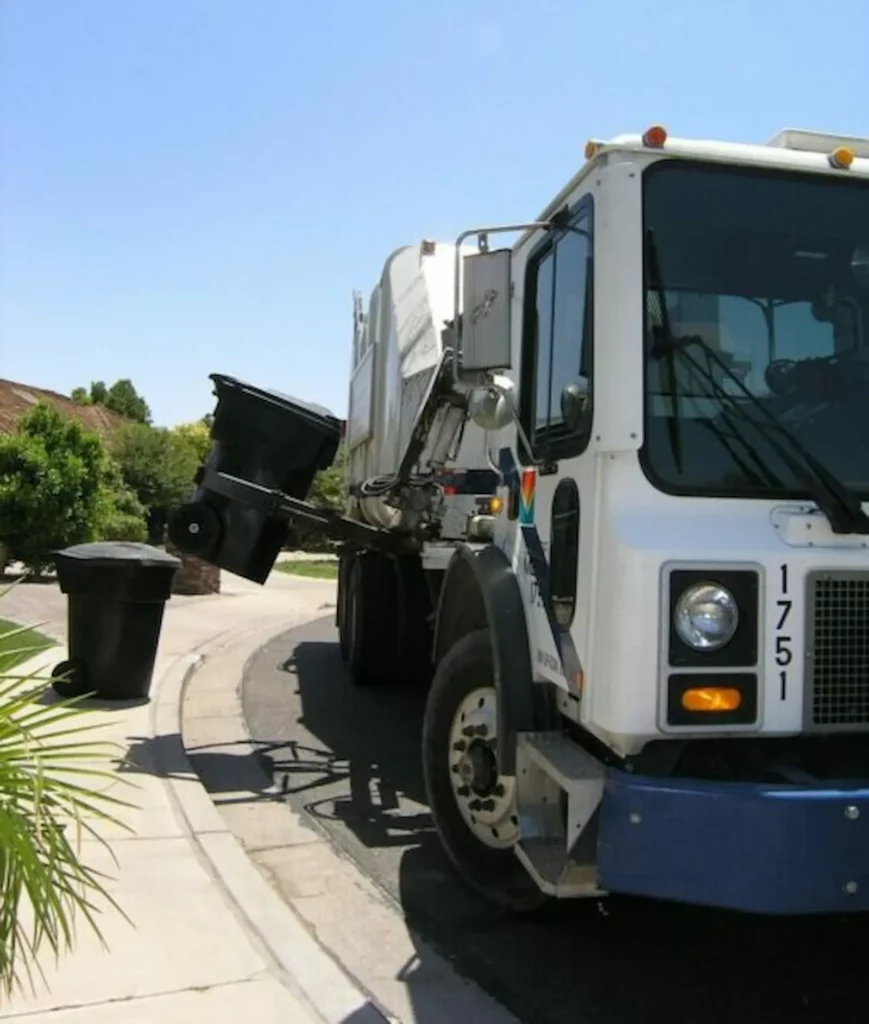Waste collection operations are quickly becoming one of the most significant issues facing cities across the globe due to surging urban population growth and sustainability concerns.
To tackle the issue effectively, local authorities need to implement innovative, digital solutions. In contrast, paper-based and manual approaches cannot keep up with the demands of modern-day waste management. One such solution empowering local authorities to perform optimised and streamlined waste collection is in-cab technology and navigation systems.
Waste collection services can benefit from in-cab technologies in a variety of ways. When used properly, these technologies have the potential to completely transform how recycling and collection services are delivered. In-cab systems provide real-time insights into waste collection services and can considerably enhance efficiency while decreasing paperwork and other manual operations for back office teams and drivers.
Whether you are actively looking to upgrade your in-cab technologies or simply don’t know where to begin, this guide will walk you through five key elements for a successful in-cab technology rollout.
1. Establish a dedicated in-cab solution team
The first step to successfully implementing any change is to dedicate a team that will be responsible for championing the change. By establishing a project timeline, you can define the roles and responsibilities of the administrative staff and the drivers. This will ensure ongoing communication between team members and facilitate effective implementation.
2. Manage the change with early communication & onboarding
Early communication and involvement with staff regarding the implementation will help convey the reasons behind the choice to implement an in-cab solution. This will allow staff to raise concerns and address any issues that could impede successful implementation. Such communication will help promote the benefits of an in-cab solution, demonstrating to staff that the technology is introduced to reduce workload, rather than add to it.
Facilitating a period of onboarding for back office teams and drivers is a vital step in the implementation process. We’ve found the best way to onboard drivers is to introduce one new step at a time. If you’re introducing new round designs at the same time as using a new in-cab solution, consider introducing the in-cab solution first, then changing route designs once drivers feel comfortable with the technology.
It’s important that teams understand how to extract the most value from the new tools. If your team does not welcome the technology, you might as well kiss your in-cab implementation efforts goodbye.
3. Prepare your data
In the same way people need to be managed to drive efficiency, so does data. Thus, preparing your data becomes an essential consideration before implementing in-cab solutions. Whether you use Excel or PowerBI to store your data, it must be pre-processed and finalised to avoid inaccuracies and data incompatibility. If not prepared properly, data can be regarded as an obstacle, affecting the implementation of the new in-cab technology.
4. Map out the information flow
Mapping out the information flow will help you understand what type of data is most relevant to your organisation and how this data can be circulated between staff members. By establishing an information flow chart, drivers see that they can submit inquiries to the back office using the in-cab technology, and back office staff can receive live-tracking data from daily operations. This will ensure an efficient information flow and data alignment in the organisation, where every staff member will receive only relevant information.
5. Harnessing the data
Harnessing the data means analysing the data received from the in-cab technology. Such data could be vehicle, driver, and route performance summaries. Why is harnessing this data so important, you may ask? It will help to establish a feedback loop where your data is assessed, providing continuous improvement to your operations.
Be sure to include these five key elements before deploying your in-cab technology to ensure you’re best placed to take advantage of the new technology. Once in-cab solutions have been successfully embedded into your organisation, they will quickly become integral to day-to-day operations. Information previously recorded on paper or communicated via the telephone can be relayed to the back office in real-time, improving service visibility and allowing operatives to spend more time on the task at hand.
Are you interested in knowing more? Don’t hesitate to contact WasteHero regarding your needs for an in-cab technology solution.
[activecampaign form=16]




